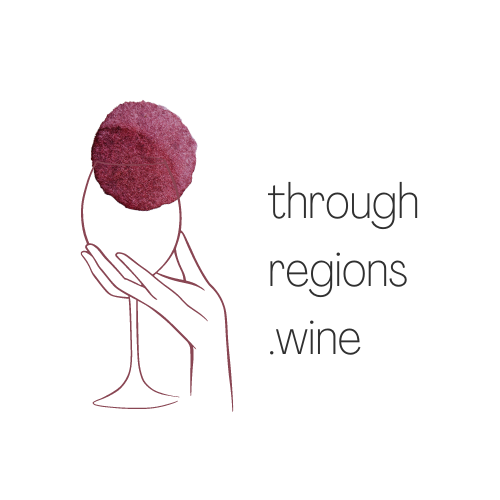Tuscany. Isole e Olena Chianti Classico 2016
‘Isole e Olena’ is one of the most famous estates in the Chianti Classico region. It’s run by Paolo De Marchi, who creates wines of the quality that have kept the vineyard ahead of the competitors for the past three decades.
The name ‘Isole e Olena’ has been coined in the 1950s when two neighboring estates, ‘Isole’ and ‘Olena’, were purchased by the De Marchi family and combined into one. The history of both estates goes back to 12th century, with the first mentions of the Olena village.
Isole e Olena sits in the western part of Chianti Classico, just north of the village of Castellina. Western part of Chianti is cooled by the sea breezes resulting in wines that are lighter, more scented and elegant than many others. 45 hectares of Isole e Olena vineyard are situated between 350 – 450 metres above sea level, planted primarily on galestro soil - rocky, schistous clay soil commonly found in most of Tuscany's best vineyards.
Paolo’s flagship wine ‘Cepparello’ is made solely from Sangiovese, it’s fragrant with great elegance and balance. One from 2016 is still sitting in my fridge and waiting for the right moment. Paolo’s barrel-fermented Chardonnay with rich aromas of toasted almonds and butter is one of Italy’s best examples of this variety. His Vin Santo, aged for eight years in small barrels called ‘caratelli’, is outstanding.
His Chianti, a blend of 82% Sangiovese supplemented by 15% Canaiolo and 3% of Syrah, is scented and alluring. The 2016 Chianti Classico that I have openend is a gorgeous wine that perfectly captures the essence of the house style. A warm vintage gives it complexity and medium body. It’s well-balanced, elegant with firm, but well integrated tannins and vibrant acidity through the long finish.
On the nose and palate intensity medium(+) with primary aromas of red fruits (dried cherries, raspberry, cranberry), black fruits (cassis, plum) and pungent spice of black pepper that could attributed to the addition of 13% of Syrah in the blend. After opening the bottle you could smell some secondary notes from oak aging, vanilla and cedar undertones. It already shows tertiary notes of leather and hint of cigar box.
It’s perfect to drink now, but could be kept for a little bit longer.



